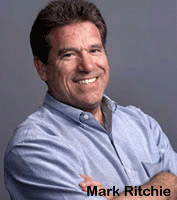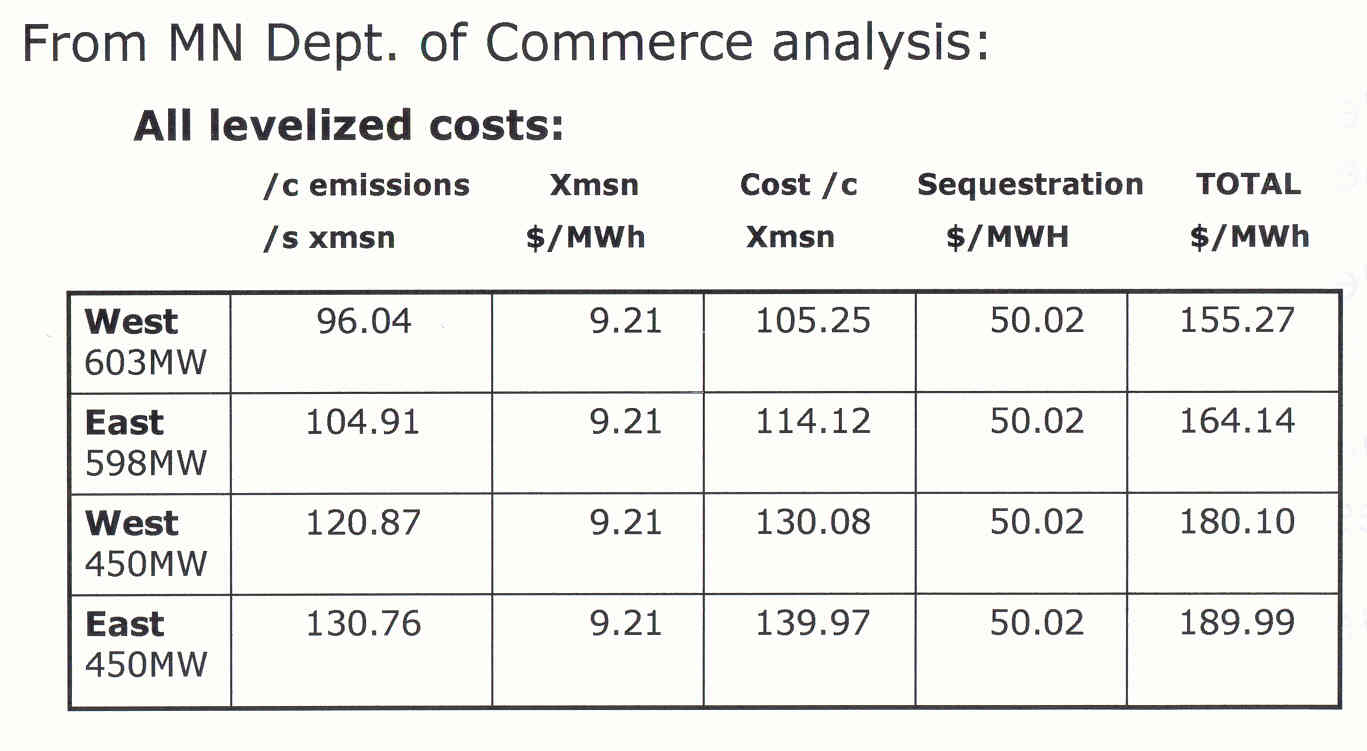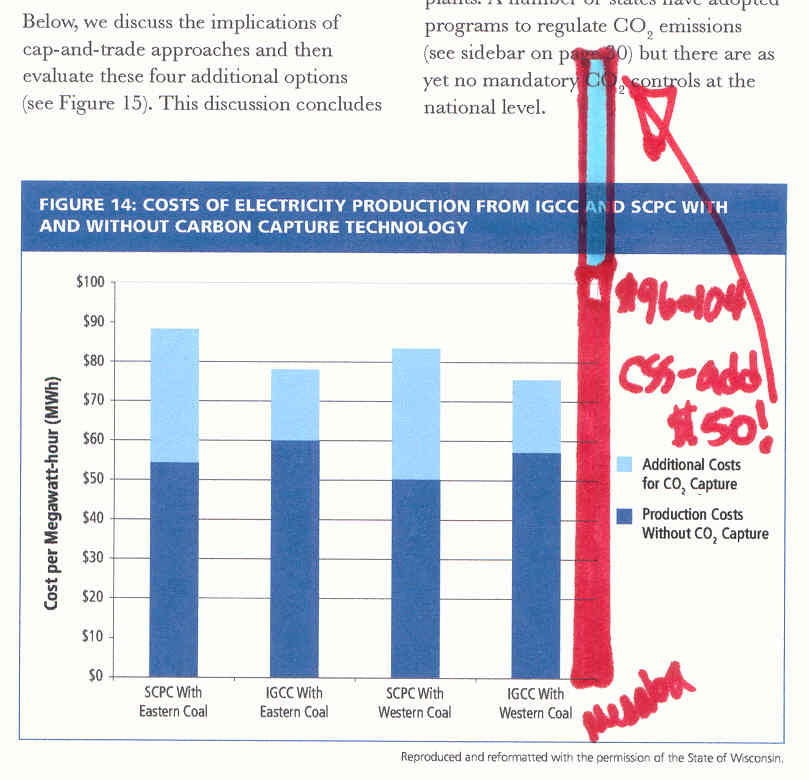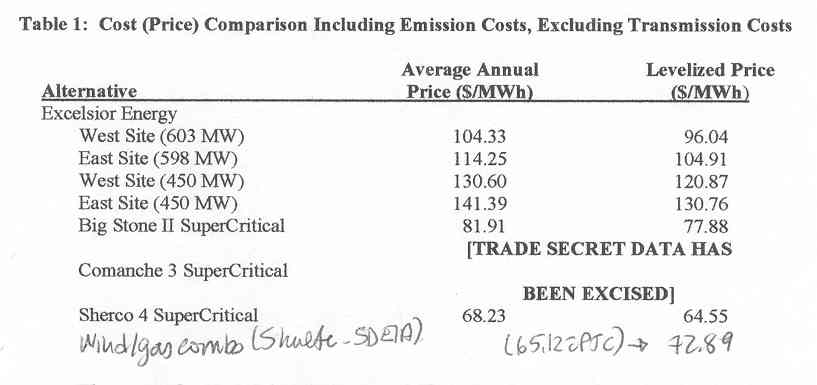No Blue Books? Send out an SOS!!!
June 6th, 2007

Legislative Blue Books?
10:53 UPDATE TO UPDATE TO UPDATE TO UPDATE:Â Mark says that distribution of the Legislative Blue Book is proscribed by statute, and that legislators, the Clerk of the House and the Secretary of the Senate each got “a few hundred each.”
Clerk of the House: (651) 296-2314
Secretary of the Senate: (651) 296-0271
10:31 UPDATE TO UPDATE TO UPDATE: RITCHIE TO THE RESCUE, TWO COPIES ON THE WAY!!! RESPONSIVENESS IN GOVERNMENT PERSONIFIED!!!! THANK YOU!!!! I appreciate not having to try to wrangle ANYTHING out of Sen. Steve Murphy! Please order more!
10: 28 UPDATE TO UPDATE: He’s back, saying that if I’d asked for hard copies, they’re out. Um, yes, exactly, that’s what I’m complaining about…
================================
10:19 UPDATE: Now THAT’S responsiveness in government. Just 14 minutes, 14, after I fired off my missive to Mark, he responds personally that there are some, and “How many would you like?”
=======================================
Oh, I’m having one of those “Overland” moments. I am one of the thousands who got this Ritchie blurb in my inbox, also through the CD2 list. And I read it! Part of the blurb said that the Legislative Manual, affectionately known as the “Blue Book,” distinct from “Mao’s little Green book,” has just been released.
I want a hard copy of the Legislative Manual. It’s one of those books I want in arm’s reach from the phone and computer.
ONLINE VERSION OF LEGISLATIVE MANUAL
The phone number listed on the state’s legislative manual link provided is (651) 215-1440.
So I call, and was told that THEY ARE OUT AND THERE ARE NO MORE ON ORDER. HUH??? Supposedly, our legislators are given a certain number of copies to distribute. WHAT? Only the “Student” edition is available, and to get one, you have to send a self-addressed stamped envelope, and the guy couldn’t even tell me how much postage was necessary. WTF?
The “Blue Book” is one of those things that is essential to those new to politics and civic participation, and even seasoned and grizzled pitbulls need one on hand for reference. THEY ARE OUT AND THERE ARE NO MORE ON ORDER!!!
It’s as bad as when the Senate decided they were not going to have paper copies of bills anymore.
It’s probably one of those things that Ritchie inherited, but he’s now the Secretary of State, the guy on the hook to fix it. Call (651) 215-1440 to get a copy and write to Mark Ritchie at secretary.state@state.mn.us and let him know that we need the Blue Book!
Government of the people, by the people, and for the people? Uh-huh… right…
Glades Coal Plant Proposal DOWN IN FLAMES
June 5th, 2007

Hot off the press, and more to follow as it’s available. From the Tallahassee Democrat:
Regulators deny Southwest Florida coal plant
By Jim Ash
Florida Capital Bureau ChiefTALLAHASSEE — The Public Service Commission this afternoon voted unanimously to deny Florida Power & Light’s application for a $5.7 billion, coal-fired power plant 68 miles from Everglades National Park.
Members voted 4-0, with new Commissioner Nancy Argenziano not taking part. The utility regulatory board was charged with deciding whether there was a need for more power and whether it would be economically feasible for its customers.
The decision follows public hearings in April that drew protests from environmental groups. Among the 31 witnesses at those hearings were three Glades County Commissioners who said the plant is desperately needed to create jobs and economic growth.
Opponents argued the plant would contribute to global warming and pollute the famous River of Grass at a time when the state and federal government are spending more than $10 billion to clean it up.
Here’s something with more details from the Palm Beach Post:
PSC rejects FPL’s coal plant in Glades County
By Kristi E. Swartz
Palm Beach Post Staff WriterTuesday, June 05, 2007
UPDATED: 4:11 p.m. June 05, 2007
TALLAHASSEE — The Public Service Commission today unanimously denied the Florida Power & Light Co.’s request to build a coal-fired plant in Glades County.
Regulators said they rejected the twin-unit 1960-megawatt coal-fired plant five miles northwest of Moore Haven because the nearly $6 billion project wasn’t cost-effective for consumers.
The decision came after a three-hour debate over whether it was worth it for FPL, the state’s largest utility, to spend a massive amount of money on a coal-fired plant in an attempt to diversify its fuel supply — even though it would still get the majority of its fuel from natural gas.
The bottom line was no.
“The 1,960-megawatt Little Engine That Could that’s going to save the day, I’m having problems with that,” newly appointed PSC Commissioner Nathan Skop said today. “Any diversity is good, but we need to think about having a more comprehensive plan,” he said, referring to nuclear power.
The vote was 4-0 against the plant, with new Commissioner Nancy Argenziano declining to vote, saying she had not had enough time to study the issue.
“The Public Service Commission today made the right decision for the environment, the right decision for the Everglades and the right decision for Florida,” Gov. Charlie Crist said in a statement. “I have been concerned about both the proposed technology and the location of the Glades Power Park.” This is the second time FPL has tried to build a coal-fired power plant in two years. The first project, for southwest St. Lucie County, didn’t make it past the county commission.
FPL, which serves 4.4 million residential and business consumers, said it needs to produce additional electricity to support the state’s growth. It has chosen coal because of the push from the legislature and PSC to move away from natural gas.
In fact, when the utility went before the PSC seeking approval to build what is now the West County Energy Center, a natural gas-fired plant in western Palm Beach County, regulators told FPL that its next planned power plant should produce coal.
Environmentalists, however, have challenged the plant since the first day, saying that FPL could do more to conserve energy and not have to build another plant for several years.
“We applaud the commission’s decision, and with this coal proposal off the table, Florida can now focus on harnessing its vast energy efficiency and renewable energy potential,” said Susan Glickman, a consultant for the Southern Alliance for Clean Energy and the Natural Resource Defense Counsel.
That regulators said “no” to a proposed power plant came as a shock to some observers.
“I can’t remember the last time the PSC denied a needs determination case,” said Holly Binns, field director for the Tallahassee-based Environment Florida.
Had the commission approved the project, FPL still would have had to obtain permits from the state’s environmental protection department and then final approval from Crist and the Cabinet. Crist, known for his environmental advocacy, has often said he was concerned about FPL’s project because of its potential impacts on the nearby Everglades as well as the rest of the state.
He has also encouraged FPL to consider alternative forms of fuel such as wind or solar.
As of 3:30 p.m., FPL representatives had not yet provided a comment.
Earlier, Commissioner Matthew Carter II indicated he wouldn’t support the plant.
“There is little doubt that the growth in FPL’s territory warrants electricity, but does that electricity need to come from pulverized coal? No, FPL can generate this from natural gas,” Carter said.
Carter’s take on the project — an ultra-supercritical pulverized-coal plant that was planned to open in 2013 — came after a deluge of questions from the newly appointed Skop to the PSC staff about whether building one large coal plant would do anything to help diversify FPL’s fuel supply, the majority of which comes from natural gas. If the proposed plant is built, the percentage of fuel that FPL gets from natural gas will be around 60 percent. If the plant isn’t built, the percentage will be 70. “Going from 60 to 70 percent is a big swing,” PSC staffer Tom Ballinger said. “We’re not going to change fuel diversity overnight, but FPL is going to have to start somewhere.” The Florida legislature has been pushing the PSC and the state’s utilities to look at coal, nuclear and renewable forms of energy to get away from pricey natural gas. “This is a landmark decision that will have a profound impact on Florida’s energy policy,” Skop said.
Prostitute against tanks and guns
June 4th, 2007
Coalers’ Delusions
June 3rd, 2007

Like the photo above, the future of IGCC, the future of coal, presents a bleak landscape. IGCC goes down in flames at every turn, but still they persist in promoting it. A new “report” is out, charging ahead despite the overwhelming evidence against IGCC (will download and post directly soon, but it won’t cooperate, so it might be a while):
And with the report came a dog and pony show with none other than David Hawkins, NRDC, carrying the coal industry’s coal:
Here’s a blurb from their press release entitled, really, “Using Coal Responsibly:”
Both
Berlin and Hawkins underscored the urgency of finding policies that could capture carbon at new coal plants for environmental reasons. Hawkins claimed that by 2030 the emissions from just-planned new coal plants alone could exceed the CO2 emissions of all human coal use to date by 25 percent.
Ummmmm, hello! That PRESUMES new coal plants. And “finding policies?” Policies don’t capture carbon, people do! Equipment does! And then, it has to do something with it, capturing just doesn’t do it folks, that’s just one third of the “Capture, Transport, Store” story.
And then there’s the cost… by now y’all know I HATE IT WHEN THEY LIE ABOUT COST. Here’s their chart, found on p. 27, and the red is the cost from the record of Mesaba
Here’s the graph of costs taken directly from the Dept. of Commerce’s Amit testimony:
Here’s my summary of the Commerce cost info including estimated transmission and estimated CSS cost:

That Future of Coal p. 27 cost graph… what a load of crap… I’ve asked them to correct their numbers.
Repeat after me: NO NEW COAL PLANTS…
NO NEW COAL PLANTS…
NO NEW COAL PLANTS…
Folks, don’t be worried about the “future of coal.” Don’t waste even one more second thinking and writing about the “future of coal” and don’t waste one speck of ink or one byte on the “future of coal.” How ’bout focusing on the “future of earth” or the “future of humanity.” grrrrrrrrrrrrrrrrrrrrrrrrr
Putting money where dream is
June 1st, 2007
From Greg Nolan, he’s the one on the right, hiding the bowl of his homegrown blueberries, at the Windy River Energy Fair a couple years ago:
Will to do good work
I had a dream the other day. When I opened my electric bill, I found a letter that offered an investment opportunity to me. It seems that our legislators had changed the way citizens and utilities were taxed on investments they made together. The utilities saw an opportunity to use their customers investment capital, a share at a time, to purchase and operate utility grade wind machines in our region. What the utilities offered, with the legislators blessing, was a chance to democratize the production of electricity. Both the legislators and the utilities knew putting the people and their “will to do good work” was the best way to solve problems in America. Making rate payers a part of the production of clean power would make all of us winners. Everyone involved knew that new power plants that burned coal would create a lot of problems and that the wind in our region was a clean, renewable resource that could produce vast amounts of home brewed power. The electrical co-ops had a leg up on other electric companies as they were organized perfectly to get their customers involved. The consumer would not just own a monetary investment but a production quota, so as power went up in price so would their investments. The consumer would have the right to take there production quota off their bill every month after the power company was paid for the good service they provided moving the power to the customers. Power lines from these wind machines put up in windy areas, connecting the people in need, would be built with the same federal loan program that got power to rural Minnesota in the 30’s and 40’s. Non-profits in our region followed this program up with investments of their own in economic development to build utility grade wind machines in our area, creating jobs. The goal was to produce the best wind machines in the world and export these wind machines instead of weapons to the world. Research dollars were invested in electrifying transportation and more economic development went into making cars locally with good batteries that could store the wind energy. We all lived in a cleaner more peaceful place. Our kids took stock in our investments in the future and let out a sigh of relief.
Greg Nolan lives and naps at Snowy Pines, a 40 acre well managed forest in rural central Minnesota. He has lived in a solar power home for over 25 years, and has planted over 3 million trees with his family forestry business.


